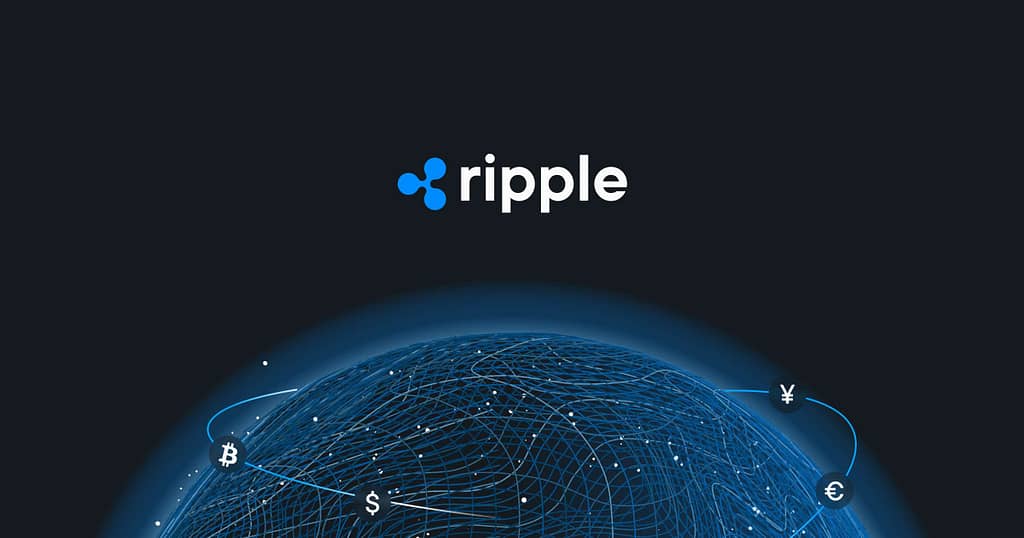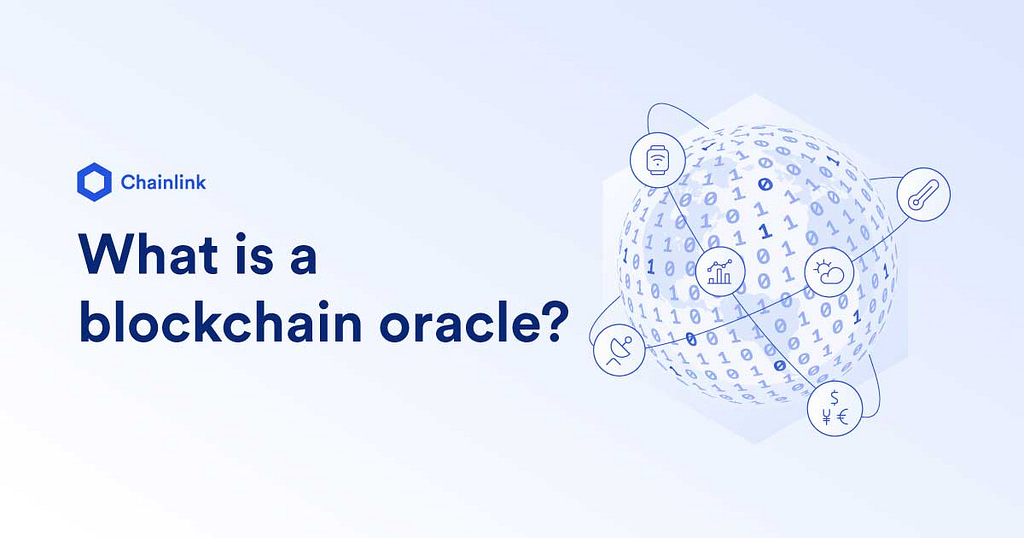Blockchain is a distributed ledger that can be used to record transactions across a network of computers without the need for a central authority. Cryptocurrencies like Bitcoin are built on top of this technology, but it has many potential applications beyond the financial sector. Management of the supply chain, voting systems, and digital identity verification are just a few of the areas where blockchain technology could be useful.
Bitcoin was the first decentralized digital currency, and blockchain technology was used to create it. In the Bitcoin whitepaper, written by Bitcoin's creator Satoshi Nakamoto and released in 2008, Nakamoto outlined the concept of the blockchain. The whitepaper detailed how a distributed ledger could address the "double-spending problem" that had previously hampered the widespread adoption of digital currencies.
Double-Spending Problem

The double-spending problem arises because digital information can be copied and spent multiple times, which is a problem unique to digital currencies. Due to the ease with which digital information can be duplicated, it is difficult to prevent the double spending of digital currency. This is an inherent difficulty for any form of digital currency because it erodes confidence in both the currency and the system behind it.
Take the hypothetical scenario of sending a digital coin to someone as payment. The token has been delivered to its intended recipient, but you retain a duplicate for yourself. That coin could be used to make a second transaction, this time to a different recipient. The same digital coin was spent twice, which is the double-spending problem.
Historically, this issue has been addressed by having a trusted third party (such as a bank) keep track of all transactions to ensure that no single coin is used more than once. There is a risk of censorship and loss of anonymity if this approach is taken. Because of the centralized nature of traditional banks, many people around the world find it tough to gain access to financial services, this is especially the case in third-world countries where the economy has been ravished by greedy politicians who only serve as the gatekeepers to financial independence.
Bitcoin's use of blockchain technology eliminates the possibility of double spending without relying on any central authority. In a blockchain, every node in the network has a copy of the ledger and all transactions are recorded and verified across the network. To prevent double spending, the network will only approve of one of two possible transactions involving the same digital coin if the attacker tries to use it twice.
Blockchain technology was first implemented with Bitcoin, but the idea of a distributed digital ledger has been around long before that. Since at least the early 1990s, when various groups and individuals independently proposed versions of the concept, there has been keen interest in the idea of a decentralized, digital ledger. However, it wasn't until the advent of Bitcoin and the blockchain that a decentralized digital ledger was successfully implemented in practice.
Bitcoin's success demonstrated the viability of the blockchain as a secure and decentralized method of recording and verifying transactions, sparking a wave of interest in the potential uses of this technology beyond digital currencies.
Blockchain Technology For Your Business

Before deciding to adopt a blockchain-based solution for your company or organization, it's important to learn as much as possible about the technology and the problems it solves. It's important to make sure the benefits of using blockchain outweigh the costs and complexities of implementation because not every problem is well-suited to be solved using blockchain.
It's also extremely important to consider the various blockchain networks, like Public and Private blockchains. Private blockchains only allow access to trusted parties, while public blockchains are decentralized and available to anyone.
The security of the blockchain platform you're building on and the steps you'll take to secure it are also important aspects to think about. Since data recorded on a blockchain cannot be changed after it has been recorded, it serves as a prime target for cybercriminals who will try to find exploits.
Hybrid Blockchain

Hybrid blockchains are a special kind of blockchain network that combine elements of both public and private blockchains. A hybrid blockchain has the characteristics of a public blockchain in terms of allowing anyone to read and validate transactions on the blockchain, and the characteristics of a private blockchain in terms of controlling access to the network and the ability to validate transactions.
There are typically two distinct blockchain networks operating in tandem within a hybrid blockchain system. The public side is accessible to anyone, while the private side only allows access to approved parties who have been granted permission to access the private side. Sensitive business transactions and data are usually handled on the private side of the network, while information intended for the general public is handled on the public side.
One example of a hybrid blockchain is a consortium blockchain, which is a private blockchain network that is shared among a group of pre-approved organizations. Consortium members verify and log transactions on the private side of the network, while the public side of the network allows anyone to view and verify the transactions. As a result, consortium members can continue to exercise oversight over the network and its data while granting access to the latter to interested parties.
Connecting a private blockchain to a public blockchain is another example of maximizing the use of a hybrid blockchain, as it allows the private blockchain to take advantage of the public blockchain's security, decentralization, and transparency while still retaining control over network access and transaction validation. Transferring assets and data between the private and public sides of the network is made possible through the use of atomic swaps and cross-chain communication protocols.
Hybrid blockchains provide a middle ground between public and private blockchains, opening up the potential applications of blockchain technology.
Oracle Blockchain

With the help of an oracle, smart contracts on a blockchain can be linked to information or events that occur outside of the network. The blockchain can be used to store smart contracts, which are then able to execute themselves and carry out predetermined actions when certain conditions are met. However, the data needed to trigger these conditions is often not available on the blockchain itself. Here's where sages and other oracles come in handy.
An oracle is a third-party service that feeds external data into the smart contract on the blockchain network. It doesn't matter what form the oracle takes; it must be a reliable source of information. The oracle's job is to supply the smart contract with the data it requires to carry out its purpose.
A distinction can be made between two types of oracles:
Oracles in software are scripts or programs that operate on the same computer or network as a blockchain node.
Hardware oracles are nodes that can make API calls to the blockchain and receive responses.
The field of prediction markets is one where oracles see widespread application; in this setting, a smart contract is used to automatically reward users who correctly predict the outcome of an event. The smart contract can't make the payouts without information about the event's outcome from an oracle.
Oracles can also be used to facilitate communication between smart contracts and external systems, such as when tracking the delivery of a package. In this scenario, the oracle would act as a go-between for the smart contract and the tracking system, which would then update the smart contract with information about the package's whereabouts.
When a smart contract is able to communicate with the outside world via an oracle, it opens up a whole new set of use cases that could otherwise not be realized with blockchain technology.
Many companies around the world are looking into ways to integrate blockchain technology into their systems because of the potential disruption it could cause across many sectors. There is a wide variety of ways in which blockchain technology could be applied and much of which is yet to be invented. A growing number of businesses are beginning to see the advantages of blockchain technology, which bodes well for the technology's continued global expansion.






